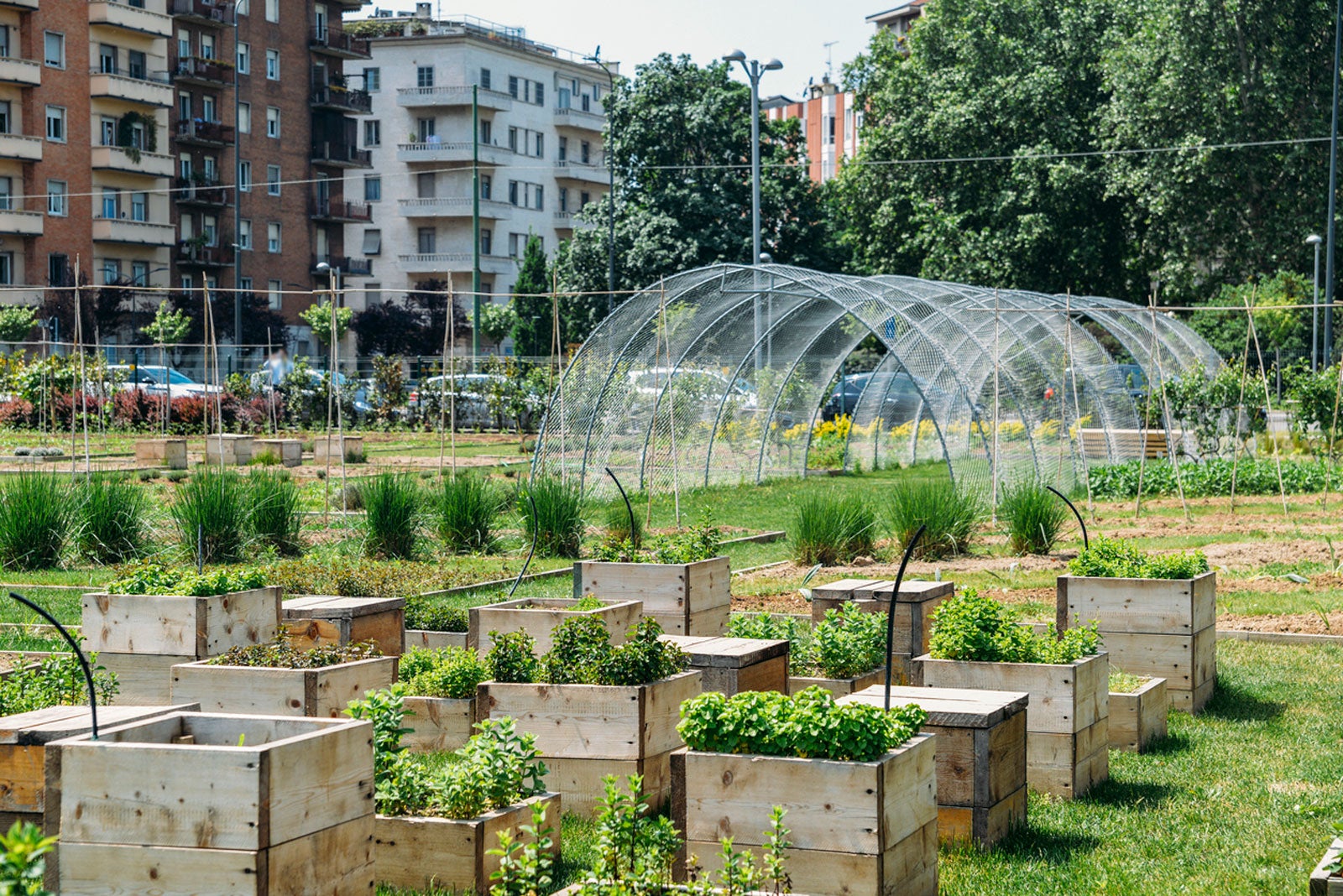The 9-Second Trick For City Blooming
The 9-Second Trick For City Blooming
Blog Article
The 8-Second Trick For City Blooming
Table of ContentsThe Main Principles Of City Blooming The Of City BloomingMore About City BloomingSome Ideas on City Blooming You Should KnowThe Main Principles Of City Blooming
Interested in growing food for sale in the City of Chicago? Believing about beginning a neighborhood yard? Changes to the Chicago Zoning Regulation permit agricultural uses like area gardens and city ranches in numerous parts of the city. Below is a listing of often asked inquiries concerning the policies and guidelines that farmers ought to consider when intending a city agriculture task.
The zoning amendment does not change any type of other codes taking care of composting, building authorizations, buying or leasing City possessed property, business licenses or environmental contamination. There are existing codes that regulate these concerns and they stay in complete effect and may apply to your project. Neighborhood gardens are commonly had or taken care of by public entities, civic organizations or community-based organizations and kept by volunteers.
Urban ranches grow food that is planned to be marketed, either on a nonprofit or for-profit basis. Due to their business purpose, city farms need a company certificate.
The Greatest Guide To City Blooming
Composting is permitted yet just for plant material that is generated and made use of on site. The quantity of compost product can not go beyond 25 cubic yards at any offered time according to the requirements in 7-28-715 of the City's Municipal Code. Yes. Since the dirt at most new garden websites requires changing, garden compost, dirt, wood chips, or various other products can be obtained to construct or enhance the expanding room - indoor plants.

If a structure authorization is required after that the hoophouse will be considered an accessory building. You can figure out even more about the structure permit needs by speaking to the Division of Structures. The 25,000-square-foot dimension restriction is planned to stop a single community yard from dominating an offered block or taking away from the block's existing household or business character.
The limit does not apply to yards situated in Public Open Area (POS) areas. Can there be even more than one neighborhood yard that is 25,000 square feet on a solitary block? Yes. The dimension limit applies to specific gardens, not to individual blocks. No. Fencing is not needed, however, yards that have big auto parking areas may be needed to set up secure fencing or various other landscaping features.
Examine This Report on City Blooming
B1 & B2 districts require that all commercial usage activities be carried out inside. Is fencing required for city farms? Fences might be required, along with landscape design and screening, for specific car park areas and outdoor work or storage space locations depending on place and the specific activity taking area.
Urban farms need building permits and zoning approvals prior to construction (home and garden). Other types of city review might be needed depending on certain frameworks, activities, size, landscape design, licensing, public health and stormwater management issues.
Yes. The sort of certificate is identified by what is occurring at the site. The Department of Company Matters and Consumer Defense can help establish the details type of business certificate that's required. Yes. Off road vehicle parking is required for a lot of business jobs in Chicago. The called for number of garage is based upon the variety of staff members functioning on site and not the square video footage of the expanding why not find out more area.
Some Known Questions About City Blooming.

Yes. A metropolitan farm can sell garden compost product generated on website, however, the operation has to abide by the policies in 7-28-715 of the Chicago Municipal Code. Yes. Aquaponic systems are enabled inside your home on urban ranches in lots of zoning districts. Nevertheless, a zoning review and structure license is required in order to mount structures or systems and an organization license is needed as defined above.
Up to 5 hives or colonies of honey bees might be maintained as an accessory usage. Nevertheless, beekeepers should register with the Illinois Department of Agriculture. To learn more regarding the suggested zoning change you may call the Division of Housing and Economic Development, Bureau of Planning and Zoning at 312.744.8563.
, which takes place in country areas at the edge of residential areas.
The Greatest Guide To City Blooming
It can include a movement of organic growers, "foodies" and "locavores", who look for to form social media networks based on a common principles of nature and area holism. These networks can establish by way of official institutional support, becoming incorporated right into regional community planning as a "change town" movement for sustainable city growth.
In either instance, the a lot more direct access to fresh veggie, fruit, and meat items that might be realised through metropolitan farming can boost food safety and security and food safety while reducing food miles, resulting in reduced greenhouse gas discharges, thereby contributing to climate change mitigation. Several of the initial proof of urban farming originates from Mesopotamia.
Report this page